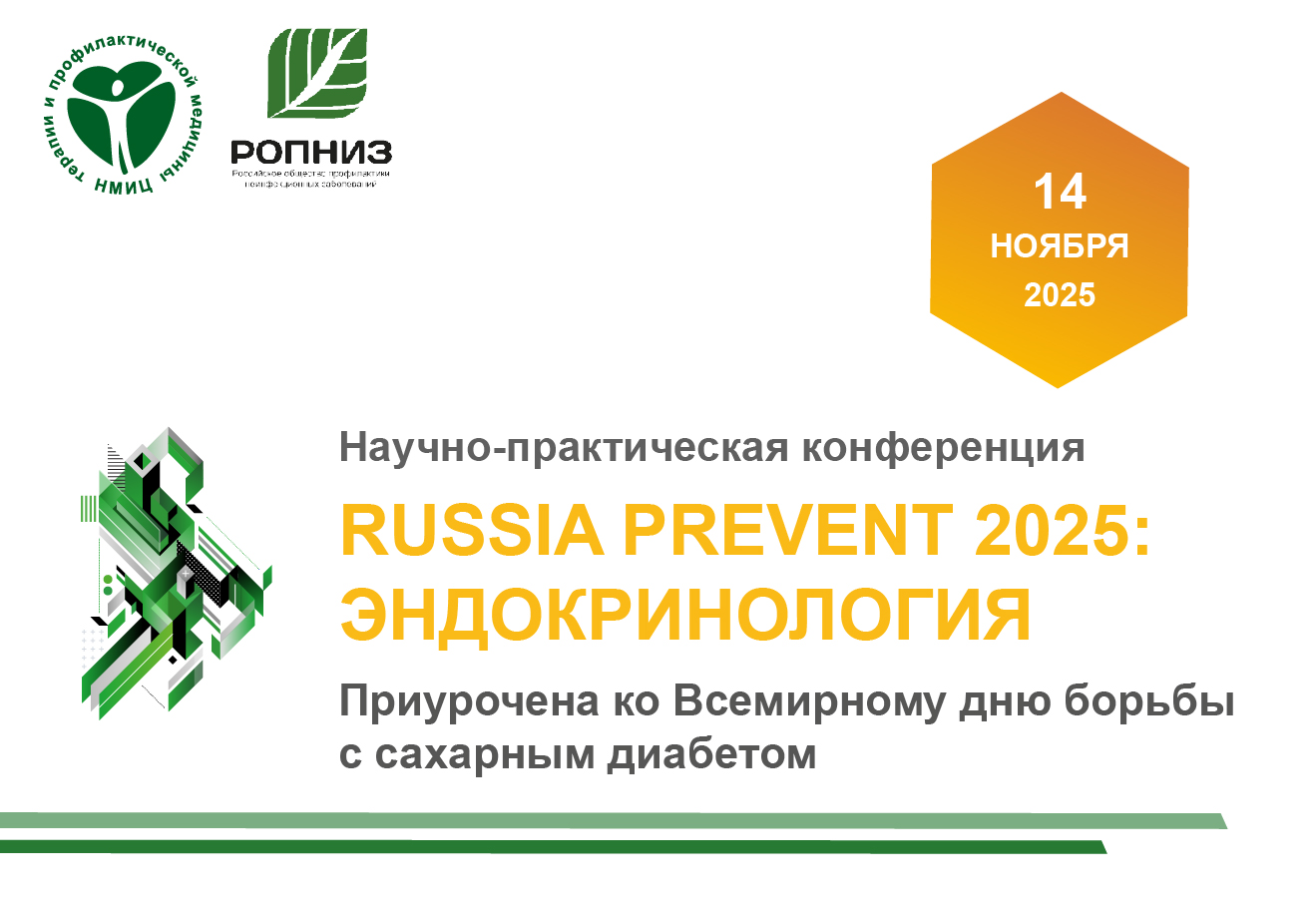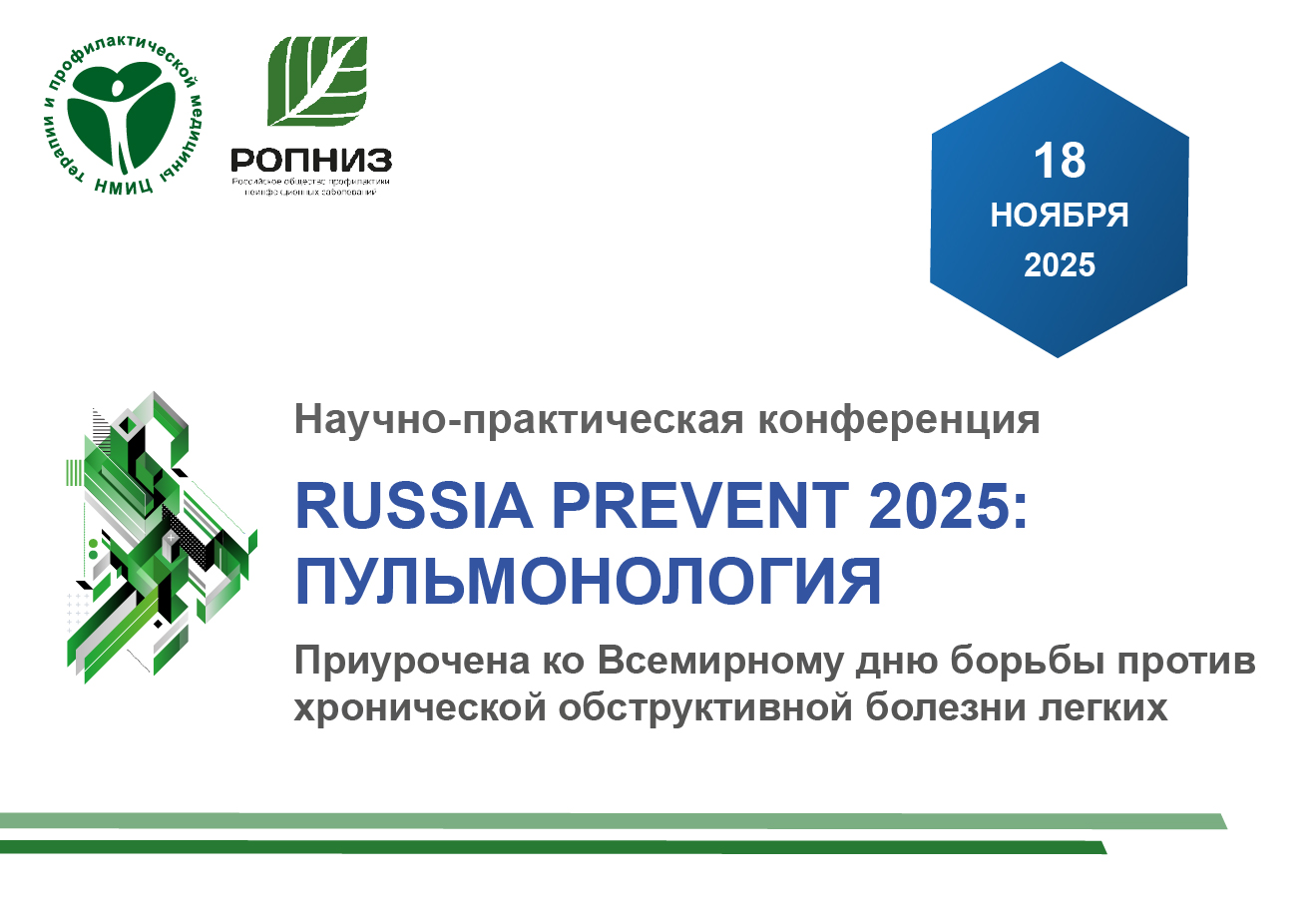Assessment of skeletal muscle in patients with stable coronary artery disease: clinical significance and associations
https://doi.org/10.15829/1728-8800-2019-895
Abstract
Aim. To assess skeletal muscle in patients with stable coronary artery disease (CAD) before coronary artery bypass grafting (CABG), the factors associated with its deterioration, and possible clinical significance.
Material and methods. The study included 77 patients (68 men and 9 women, aged 51-69 years) who were admitted to the cardiology department for pre-CABG testing. All patients underwent routine laboratory and instrumental examination. In addition, the subjects underwent a six-minute walk test and lower limb muscle strength testing. Participants were divided into two groups: group 1 (n=45; 58,44%) — patients with mean strength score of lower limb extensor muscles less than the median (mean 20 kg/s), group 2 (n=32; 41,56%) — more than the median (mean 32,5 kg/s). The groups were comparable in main demographic and anthropometric parameters, risk factors for atherosclerosis, concomitant pathology, history of atherothrombotic events, laboratory and instrumental data, as well as CABG outcomes.
Results. When assessing the skeletal muscle in CAD patients before surgery, the median lower limb extensor strength score was 25 kg/s. Patients from group 1 had a higher incidence of myocardial infarction (MI) in history (p=0,021), decreased left ventricle ejection fraction (p=0,025), increased heart rate (p=0,025) and leukocyte count (p=0,036). In such patients, there was a significant increase of postoperative complications of CABG surgery (p=0,003). According to multivariate regression analysis, MI history (p = 0.011) and a higher leukocyte count (p=0,042) were independent predictors of decrease in lower limb muscle strength.
Conclusion. The obtained results can be used in the preparation of rehabilitation programs for patients before CABG surgery.
About the Authors
A. N. SuminRussian Federation
Kemerovo
P. A. Oleynik
Russian Federation
Kemerovo
A. V. Bezdenezhnykh
Russian Federation
Kemerovo
References
1. US Department of Health and Human Services. Physical Activity Guidelines Advisory 9. Committee Final Report. Available at: http://www.health.gov/PAGuidelines/Report/Default.aspx. Accessed April 1, 2014. 10.
2. Sumin AN, Belyalov FI. Preoperative preparation. In: Clinical guidelines in cardiology. Edited by Farid Belialov. 8th ed. Moscow: GEOTAR-media, 2017. Ch. 7. P.16989. (In Russ.) ISBN: 978-5-9704-4141-1.
3. Windecker S, Kolh P, Alfonso F, et al. 2014 ESC/EACTS Guidelines on myocardial revascularization: The Task Force on Myocardial Revascularization of the European Society of Cardiology (ESC) and the European Association for Cardio-Thoracic Surgery (EACTS)Developed with the special contribution of the European Association of Percutaneous Cardiovascular Interventions (EAPCI). Eur Heart J. 2014;35(37):2541-619. doi:10.1093/eurheartj/ehu278.
4. Efros LA, Lukin OP, Samorodskaya IV, et al. Comorbidities in patient with coronary artery disease admitted to cardiac surgery centers in Chelyabinsk and Kemerovo. Complex Issues of Cardiovascular Diseases. 2017;6(4):71-9. (In Russ.) doi:10.17802/2306-1278-2017-6-4-71-79.
5. Stewart RAH, Szalewska D, She L, et al. Exercise capacity and mortality in patients with ischemic left ventricular dysfunction randomized to coronary artery bypass graft surgery or medical therapy: an analysis from the STICH Trial. JACC HF 2014;2:335-43. doi:10.1016/j.jchf.2014.02.009.
6. Bokeriya LA, Aronov DM, Barbarash OL, et al. Russian clinical guidelines. Coronary artery bypass grafting in patients with ischemic heart disease: rehabilitation and secondary prevention. Cardiosomatics. 2016;7(3-4):5-71. (In Russ.) doi:10.15829/1560-4071-2015-1-6-52.
7. Kinugawa S, Takada S, Matsushima S, et al. Skeletal muscle abnormalities in heart failure. Int Heart J. 2015;56(5):475-84. doi:10.1536/ihj.15-108.
8. Hulsmann M, Quittan M, Berger R, et al. Muscle strength as a predictor of longterm survival in severe congestive heart failure. Eur J Heart Fail. 2004;6:101-7. doi:10.1016/j.ejheart.2003.07.008.
9. Boxer RS, Shah KB, Kenny AM. Frailty and prognosis in advanced heart failure. Curr Opin Support Palliat Care. 2014;8(1):25-9. doi:10.1097/SPC.0000000000000027.
10. Sumin AN, Kobyakova OV, Galimzyanov DM. Prognostic Value of Parameters of Diastolic Left Ventricular Function and Muscular Status in Elderly Patients — Survivors of Myocardial Infarction. Kardiologiia. 2007;6:45-50. (in Russ.)
11. Mareev VYU, Fomin IV, Ageev FT, et al. Clinical guidelines. Chronic heart failure (CHF) Zhurnal Serdechnaya nedostatochnost'. 2017;1:3-40. (In Russ.) doi:10.18087/rhfj.2017.1.2346.
12. Bezdenezhnykh AV, Sumin AN. Rehabilitation in the intensive care unit: electrical stimulation of skeletal muscles. Cardiology and Cardiovascular Surgery. 2016;9(6):61-7 (In Russ.) doi: 10.17116/kardio20169661-67.
13. Wegrzynowska-Teodorczyk K, Siennicka A, Josiak K, et al. Evaluation of Skeletal Muscle Function and Effects of Early Rehabilitation during Acute Heart Failure: Rationale and Study Design. Biomed Res Int. 2018;2018:6982897. doi:10.1155/2018/6982897.
14. Reichart D, Rosato S, Nammas W, et al. Clinical frailty scale and outcome after coronary artery bypass grafting. Eur J Cardiothorac Surg. 2018 Jun 11. doi:10.1093/ejcts/ezy222. [Epub ahead of print]
15. Hawkins RB, Mehaffey JH, Charles EJ, et al. Psoas Muscle Size Predicts Risk-Adjusted Outcomes After Surgical Aortic Valve Replacement. Ann Thorac Surg. 2018;106(1):39-45. doi:10.1016/j.athoracsur.2018.02.010.
16. Stammers AN, Kehler DS, Afilalo J, et al. Protocol for the PREHAB study-Preoperative Rehabilitation for reduction of Hospitalization After coronary Bypass and valvular surgery: a randomised controlled trial. BMJ Open. 2015;5(3):e007250. doi:10.1136/bmjopen-2014-007250.
17. Waite I, Deshpande R, Baghai M, et al. Home-based preoperative rehabilitation (prehab) to improve physical function and reduce hospital length of stay for frail patients undergoing coronary artery bypass graft and valve surgery. J Cardiothorac Surg. 2017;12(1):91. doi:10.1186/s13019-017-0655-8.
Review
For citations:
Sumin A.N., Oleynik P.A., Bezdenezhnykh A.V. Assessment of skeletal muscle in patients with stable coronary artery disease: clinical significance and associations. Cardiovascular Therapy and Prevention. 2020;19(1):24-31. (In Russ.) https://doi.org/10.15829/1728-8800-2019-895

























































